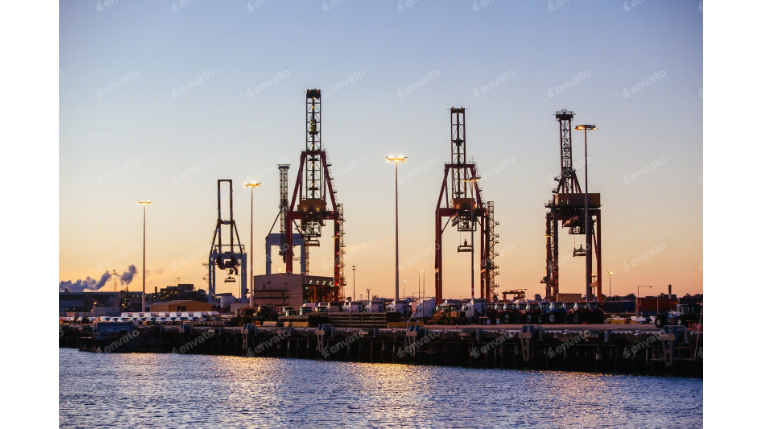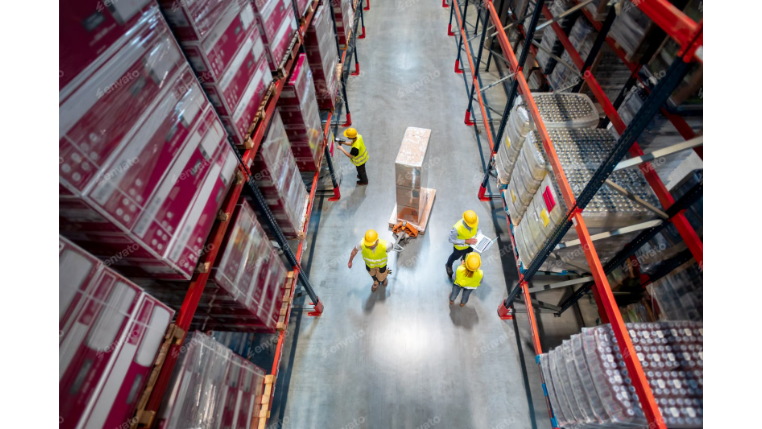A Complete Guide to Freight Logistics: Strategies for a Smarter Supply Chain
Freight logistics is the operational backbone of global commerce, the complex dance of moving goods from source to consumer. In the fast-paced and demanding market of 2025, mastering freight logistics is no longer just about moving goods, but about moving them with precision, efficiency, and intelligence. Getting the right product to the right place at the right time in the right condition is a strategic imperative that directly impacts a company's costs, profitability, and customer satisfaction. This guide will break down the essential components for achieving logistics excellence.
What is Freight Logistics? The Engine of Your Supply Chain
Freight logistics is the end-to-end process of planning, executing, and managing the transportation and storage of goods throughout a supply chain. While "supply chain management" refers to the overarching strategy of sourcing, procurement, and inventory, freight logistics is the hands-on, operational execution that makes it all happen. It encompasses everything from the moment a product leaves the factory floor until it arrives at the final customer's doorstep. A successful freight logistics operation ensures this journey is as seamless and cost-effective as possible.
The Core Pillars of Modern Freight Logistics
Excelling in freight logistics requires a holistic approach that balances strategy, operations, and technology across several key pillars.
1. Strategic Transportation Management
This is the heart of logistics—the actual movement of goods. A strategic approach involves:
- Modal Selection: Choosing the optimal transportation mode or combination of modes (intermodal) for each shipment. This is a constant trade-off between speed, cost, and capacity across air, ocean, road, and rail.
- Carrier Management: Sourcing, negotiating with, and managing relationships with reliable carriers. This isn't just about finding the cheapest rate; it's about building partnerships that ensure capacity and service reliability.
- Route Optimization: Using data and technology to plan the most efficient routes, which reduces fuel consumption, transit times, and carbon emissions.
2. Optimized Warehouse and Inventory Operations
Logistics isn't just about goods in motion; it's also about managing goods at rest. Warehouses and distribution centers are critical nodes in the supply chain. Optimization in this area includes:
- Efficient Layout and Processes: Designing warehouse layouts that minimize travel time for picking and packing.
- Inventory Accuracy: Using a Warehouse Management System (WMS) to maintain a precise, real-time record of all inventory.
- Advanced Fulfillment Strategies: Implementing techniques like cross-docking, where inbound goods are immediately transferred to outbound trucks with minimal storage time.
3. A Powerful and Integrated Technology Stack
As of 2025, technology is no longer optional—it's the central nervous system of any competitive logistics operation. The modern tech stack includes:
- Transportation Management System (TMS): A platform for planning, executing, and analyzing all transportation activities, from rate shopping to final delivery.
- Warehouse Management System (WMS): Software that manages all aspects of warehouse operations, from receiving to shipping.
- Internet of Things (IoT): Smart sensors attached to cargo or vehicles that provide real-time data on location, temperature, humidity, and shock, enabling unparalleled visibility and quality control.
- Artificial Intelligence (AI) and Machine Learning: AI is being used for everything from predicting demand and optimizing inventory levels to forecasting transit times and identifying potential disruptions before they occur.
The Benefits of a Well-Oiled Freight Logistics Machine
When these pillars are working in harmony, the benefits to the business are profound:
- Increased Efficiency and Reduced Costs: Optimization and automation directly lead to lower costs for fuel, labor, and inventory carrying.
- Enhanced Visibility and Proactive Control: Real-time data from technologies like IoT and a TMS empowers managers to identify and solve problems proactively, rather than reacting to them after the fact.
- Improved Customer Satisfaction: Reliable, on-time delivery is a key driver of customer loyalty. Providing customers with accurate tracking and predictable ETAs builds trust and enhances their experience.
- Greater Supply Chain Resilience: A transparent, data-driven logistics network is more agile and can adapt more quickly to the inevitable disruptions of the global market.
Conclusion
In conclusion, mastering freight logistics in the modern era is a continuous journey of integrating sound strategy, efficient operations, and cutting-edge technology. These components can no longer be managed in silos; success demands a unified and holistic approach. This is where next-generation, integrated platforms like Modaltrans become essential. By bringing all the pillars of freight logistics—transportation management, warehouse visibility, and powerful AI-driven analytics—together in a single ecosystem, such platforms empower businesses to achieve true end-to-end control and build a smarter, more profitable supply chain.










